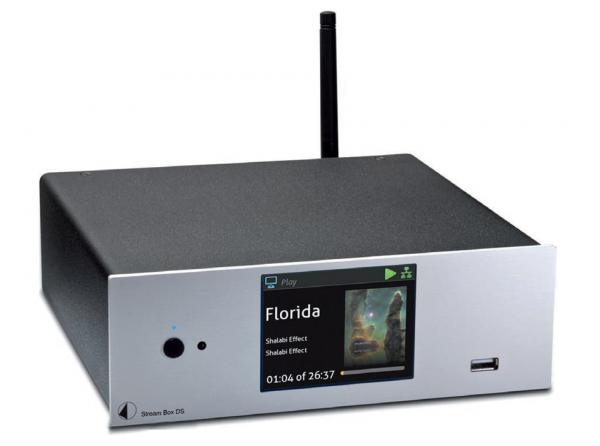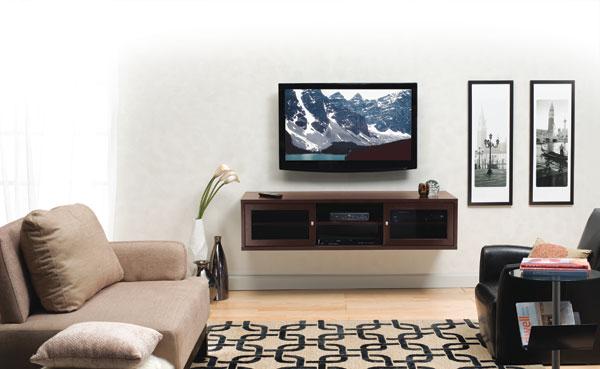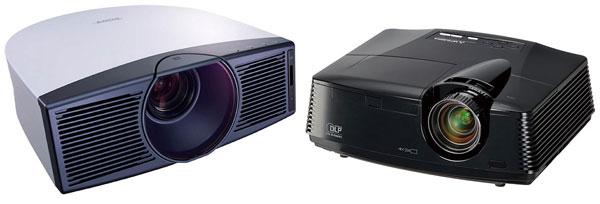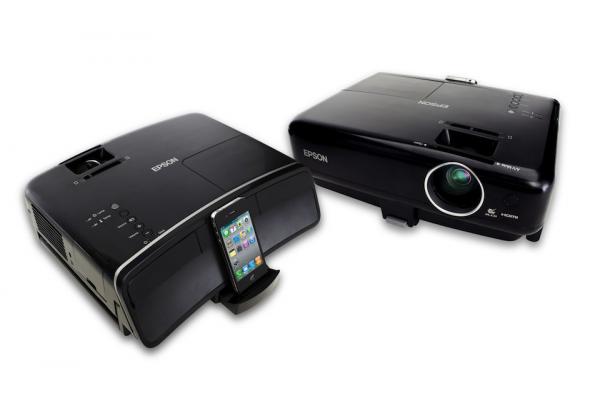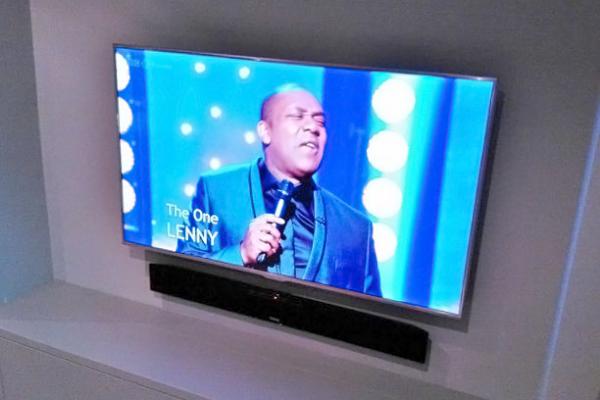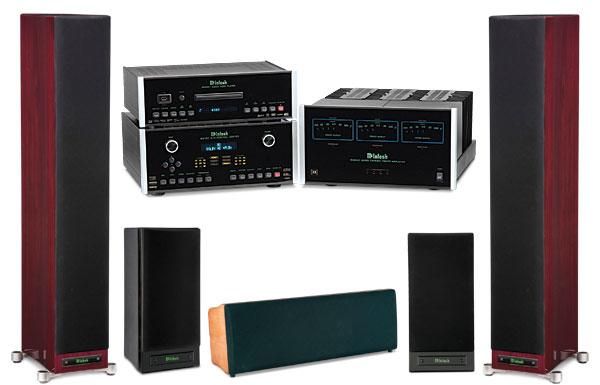LATEST ADDITIONS
|
May 22, 2012
|
May 18, 2012
I'm starting to commission more reviews of soundbars from long-time home-theater writer Lawrence Ullman. Recently, he asked me how many people wall-mount their flat-panel TV and would therefore want to wall-mount a soundbar, which is easier said than done in some cases. The last time I saw any stats on this, the vast majority of flat-panel owners did not wall-mount their set, but rather attached the stand and placed it on top of a sturdy cabinet of some sort.
But I don't really know, so I'm asking youis your flat-panel TV wall-mounted? If so, is it close to seated eye height, or do you have it mounted highersay, above the fireplace? Did you do it yourself, or did you hire someone to do it? How did you hide the cables? Let us know in the comments.
Vote to see the results and leave a comment about your choice.
|
May 18, 2012
 Andrew Jones, chief speaker engineer for Pioneer and TAD Labs, talks about his illustrious career as a speaker designer with KEF and Infinity, the difference between research and product development, the importance of knowing what and how to measure audio performance, how he was able to design Pioneer's entry-level speakers to perform so well, his work with ultra-high-end speakers at TAD Labs, answers to chat-room questions, and more.
Andrew Jones, chief speaker engineer for Pioneer and TAD Labs, talks about his illustrious career as a speaker designer with KEF and Infinity, the difference between research and product development, the importance of knowing what and how to measure audio performance, how he was able to design Pioneer's entry-level speakers to perform so well, his work with ultra-high-end speakers at TAD Labs, answers to chat-room questions, and more.
